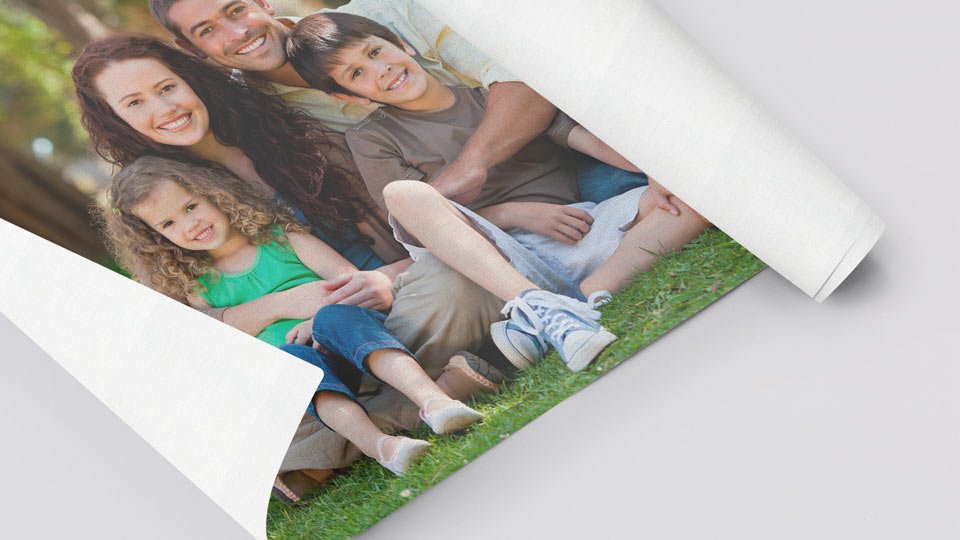Falcon Signs Printing And Signage Services in Nairobi, Kenya

Rolled Canvas Prints
Rolled canvas prints made of long-lasting materials will add a creative touch to your interior decorations.
Rolled canvas prints are a popular way to display photographic and artwork prints. They are made by printing an image on high-quality canvas material and then rolling it up for storage or transport. Rolled canvas prints are a versatile and cost-effective way to decorate your home or office.
One of the main advantages of rolled canvas prints is their flexibility in terms of size. They can be printed in almost any size, from small 8×10 prints to large wall-sized prints. This makes them ideal for a variety of uses, from small personal prints to large commercial displays.
When it comes to printing options, rolled canvas prints can be printed with a variety of finishes, including matte, glossy, or satin. This allows you to customize your print to match your desired aesthetic and display environment.
Additionally, rolled canvas prints can be customized with various framing options. You can opt to have your canvas print stretched over a wooden frame, or you can simply use clips or adhesive to attach it directly to a wall.
Overall, rolled canvas prints are a great choice for anyone looking to display their favorite artwork or photos in a high-quality and customizable format.
Material of Rolled Canvas Prints
Rolled canvas prints are typically made of cotton or polyester blend canvas material, which is specially designed for printing high-quality images. Cotton canvas is the traditional material used for canvas prints and has a matte finish, while polyester canvas has a glossy finish and is more durable. Both materials have their own unique texture and appearance, allowing customers to choose the best option to suit their desired look and feel.
Printing Technique
Rolled canvas printing technique involves printing an image or artwork on a canvas material and then rolling it for easy transport and storage. This technique uses large format inkjet printers that can produce high-quality prints on canvas material, which is typically made from cotton or a polyester-cotton blend.
The canvas material is stretched and attached to a wooden frame to create a canvas print. The ink used for printing on canvas is typically pigment-based, which provides a more durable and long-lasting print compared to dye-based inks. Pigment-based inks are also resistant to fading, water, and UV light, making them suitable for canvas prints that will be displayed for a long time.
The canvas material used for printing can vary in weight, texture, and finish. Some canvas materials have a matte finish, while others have a glossy or semi-glossy finish. The choice of canvas material depends on the desired look and feel of the final print.
Overall, rolled canvas printing is a popular and cost-effective way to create high-quality canvas prints that can be easily transported and stored.
Mounting
Rolled canvas prints are usually not mounted. Instead, they are shipped rolled up in a tube for easy transportation and storage. Once you receive the rolled canvas print, you can either frame it or mount it on a stretcher frame.
To mount a rolled canvas print, you will need a stretcher frame or bars, which are wooden frames or bars that you can assemble into a frame. The stretcher frame should be slightly larger than the size of the canvas print to ensure that the edges can be wrapped around the frame.
First, lay the stretcher frame or bars on a flat surface and assemble them into a square or rectangle shape, depending on the shape of your canvas print. Then, lay the canvas print face down on the table and place the stretcher frame on top of it, with the front side of the frame facing down.
Starting from the center of one side, fold the canvas over the edge of the frame and staple it in place using a staple gun. Move to the opposite side of the frame and repeat the process, pulling the canvas tight as you staple it to ensure that it is taut and smooth. Then, repeat the process with the remaining two sides of the frame.
Once all four sides are stapled, check the tension of the canvas and adjust it if necessary by pulling or loosening the canvas and restapling as needed. Finally, trim any excess canvas that may be hanging over the edges of the frame and your rolled canvas print is ready to be displayed.





